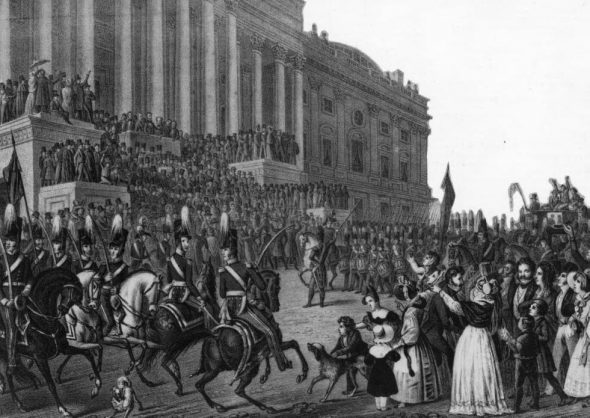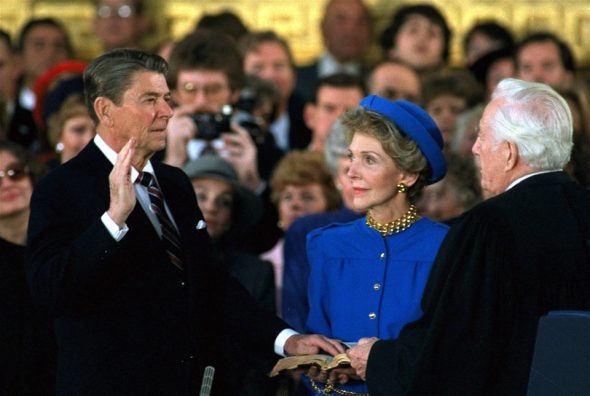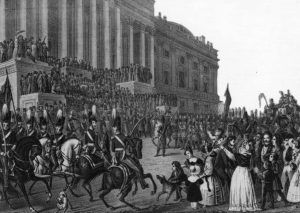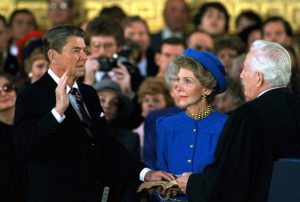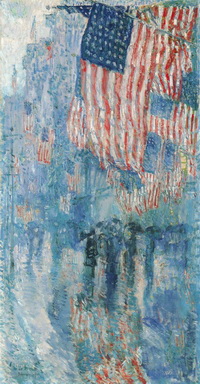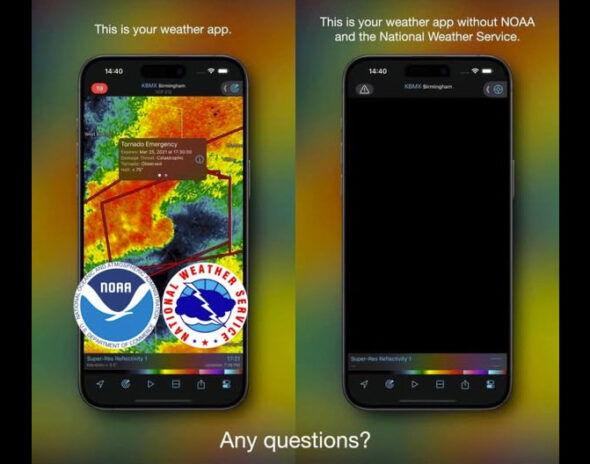
The new administration is set on making cuts to the federal government budget, but I am concerned that they are going about it rather haphazardly and in a way that endangers lives.
The National Oceanic and Atmospheric Administration (NOAA), the parent of the National Weather Service (NWS), is not to be spared from DOGE. Last week it came out that at least 800 workers were to be cut within NOAA, many from local NWS offices.
The cuts to the NWS are troubling as the agency was already known to be understaffed. Local NWS offices are absolutely critical to providing timely, life-saving information, particularly when severe weather strikes. Only the personnel in these local offices have the in-depth knowledge of their specific geographical locations to accurately understand the complicated weather patterns that impact them.
Here at Thornton Weather, we rely heavily on the NWS for the information we provide not only in terms of forecasts, but many of the features on our website. These cuts threaten all of that.
More troubling is the storm on the horizon with rumors about a privatization of many of the services the National Weather Service provides. AccuWeather and other for-profit organizations have long cast a wishful eye for this to happen to enhance their balance sheets.
Free forecasts? Gone. Free live radar? Gone. Life-saving weather alerts? Only if you pay. Much of the data on ThorntonWeather.com? Bye bye. That is what privatization would bring. To be blunt, lives will be lost as a result.
I am further concerned about cuts to other critical agencies, most notably the Department of Veterans Affairs and many of the agencies of the Department of the Interior like the National Park Service, U.S. Forest Service, Bureau of Land Management and the U.S. Fish and Wildlife Service.
Let me clear, there is no doubt that our federal government needs to be trimmed in terms of size and budget. The bureaucrats have lived high on the hog at our expense, ridiculous programs are funded and many agencies have become extraordinarily bloated. I am certain that even within those I mention, there are plenty of cuts that could be made with minimal pain.
However, the way this is happening is wrong. This is taking a chainsaw to something that needs a knife. Smart, directed cuts could have massive benefits, lower costs and result in a smaller, leaner, more efficient government.
We won’t get there with the approach the administration is taking now. What we will get is crucial agencies that service, help and protect American citizens destroyed and unable to perform the missions they have been charged with.
That is unsatisfactory.
If you concur, I would urge you to reach out to your federal elected representatives and let them know, in a respectful way, that this can be done better.
I never delve into politics on this page and while this is politics-related, I will be keeping it generic in nature and what is written here is no indication of my personal beliefs on politics and I don’t care about yours. Any replies should be respectful and on topic. Those that are not will be deleted.
Related:
- DNYUZ: Cuts to National Weather Service Leave Forecasters Reeling
- NPR: Layoffs and potential closures of key facilities raise worries about NOAA’s future
- NBC: One sent tsunami alerts. Another flew with ‘hurricane hunters.’ Both were just fired from NOAA.
- AP: Hundreds of weather forecasters fired in latest wave of DOGE cuts

